Detailed description of the purchase flow of Ford New Transit ambulance ambulance
This article completely from the perspective of ambulance consumers, through the popular form of question and answer, explains the full flow of medical ambulances from ready to purchase to ease of use. It is a rare ambulance knowledge textbook for the novices who purchase ambulances. Cheng Li Group high-end medical ambulance factory details consultation (WeChat same number)
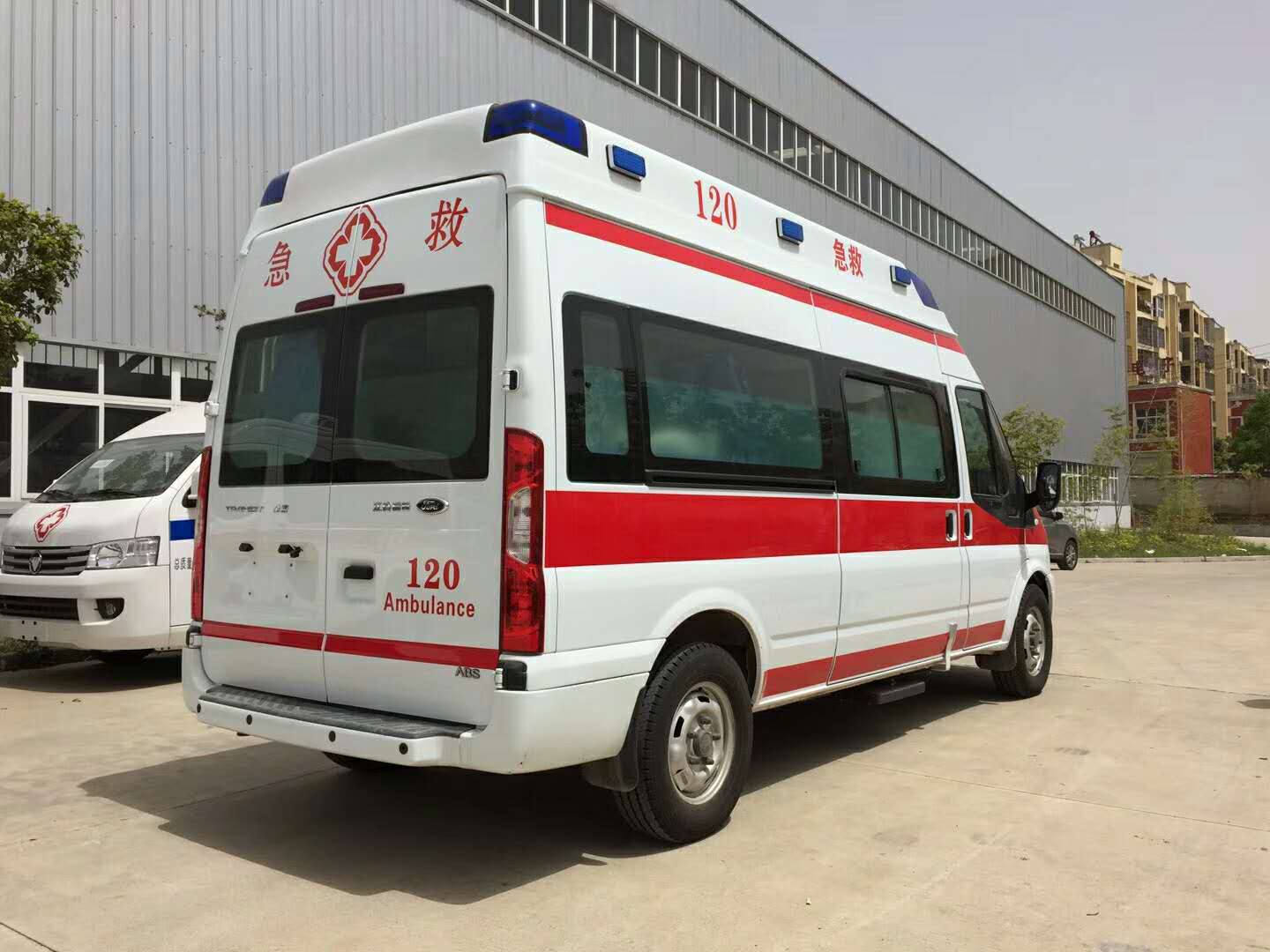

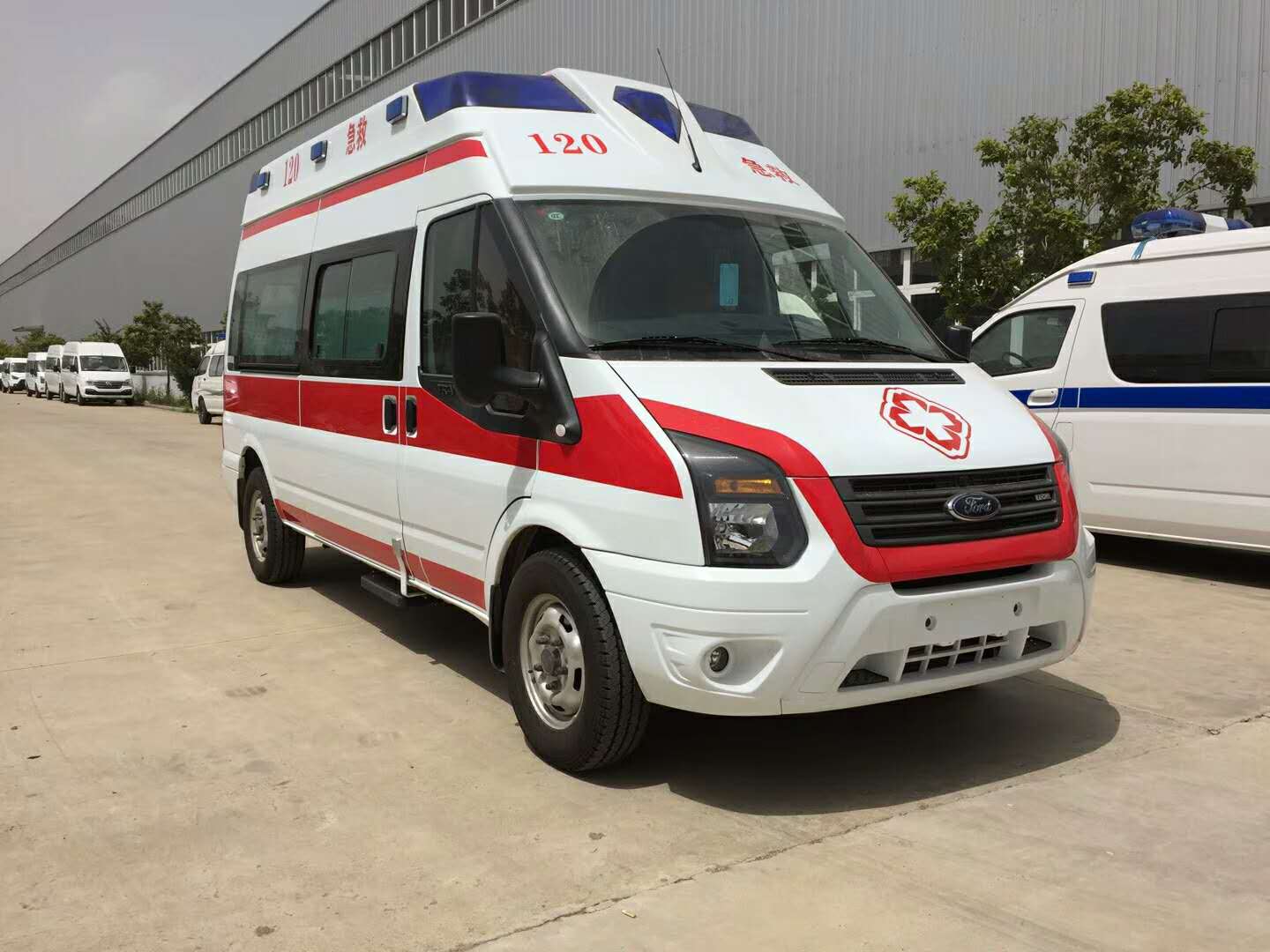
An ambulance is a car that is specially designed to transport wounded people. There are stretchers in the car and sometimes emergency medical equipment. The concept of an ambulance in the narrow sense is 1. A hospital or medical unit is specifically designed to transport injuries and personnel. 2. Specially equipped cars used by survivors to rescue plane crashes. Therefore, hospitals and related medical units and airports are eligible to purchase ambulances. At present, the most common units for domestic ambulance purchases are public and private hospitals, state-approved qualified delivery companies, and civil aviation airports. Private and ordinary units are not eligible to purchase ambulances. Ambulances are not personal accounts. Some private individuals and organizations use "disabled vehicles" to steal the concept of ambulances and to fight the policy!
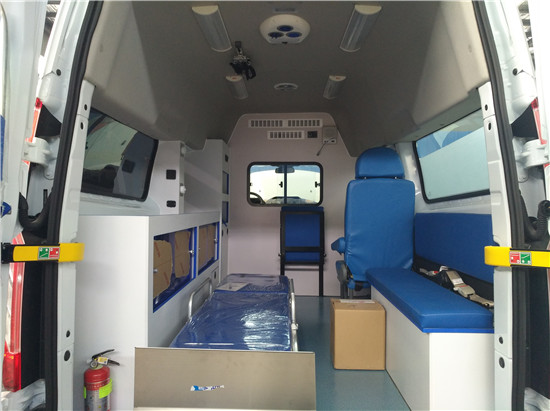
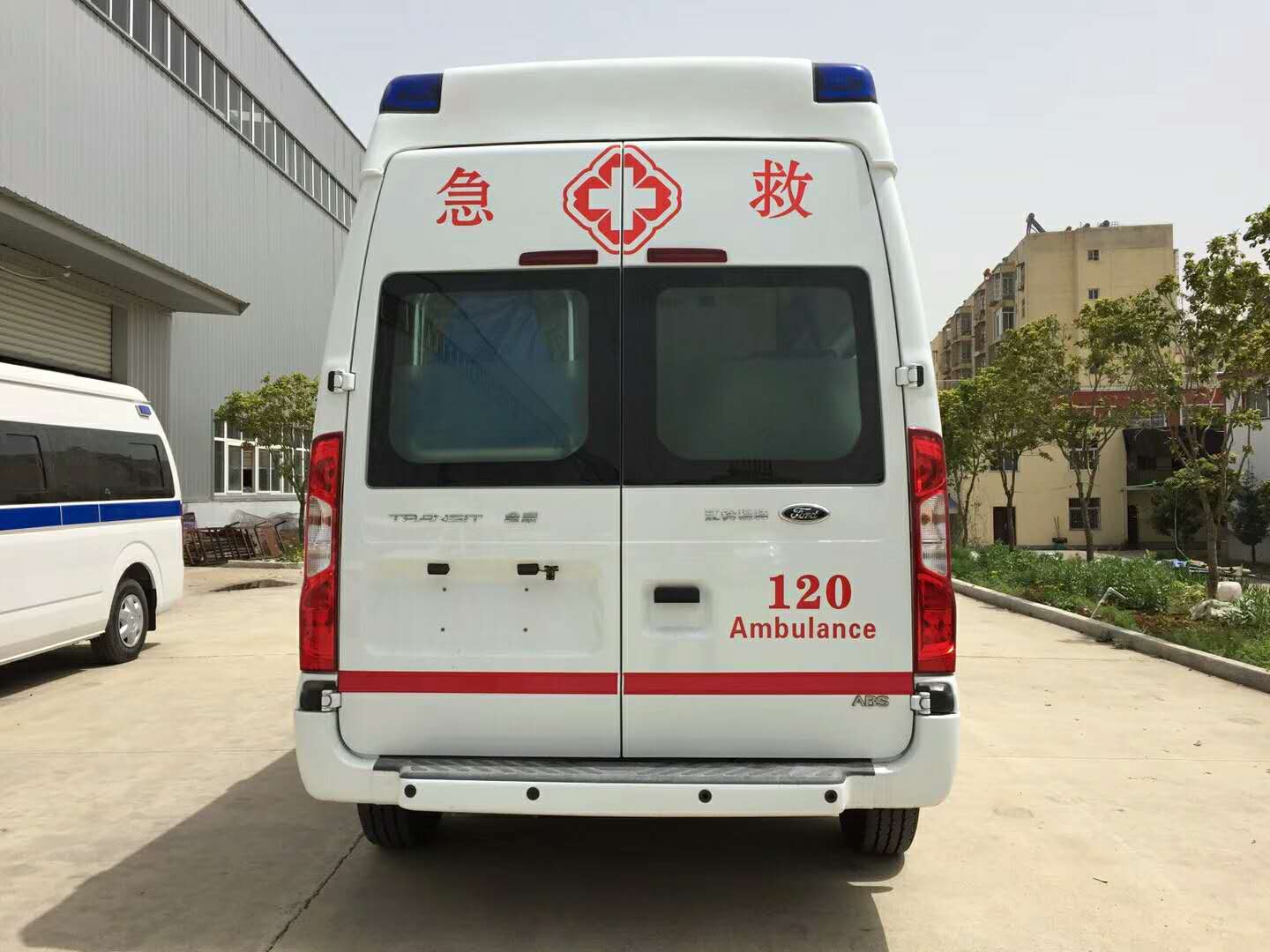
When the hospital purchases an ambulance, it does not purchase it directly according to its own needs. Instead, it needs to go to the local industry authority to submit an application for filing before it can be purchased. Ambulances in the country require local health authorities to approve the purchase based on the level of local medical construction. In general, health bureaus have the Vehicle Management Division in charge of the ambulance indicators. Private and private hospitals are relatively simple. After the competent authority approves the indicators, they can look for regular ambulance manufacturers (18372256656) to purchase. Public hospitals may purchase their own products within the specified amount according to different local policies, or through public tendering procedures through government procurement. The following table is an application form for the purchase of an ambulance for reference:

How to identify ambulances? The stipulations stipulate that ambulances shall be equipped with signs, lamps and alarms. According to the appearance of spraying and marking, it shall be divided into two categories of "120" network ambulances and hospital ambulances. "120" network ambulance adopts the international common first aid logo and "120", the body is white, the front of the vehicle is marked with "area name" and "emergency", is writing "AMBULANCE"; the side of the body is marked with the unit name and international first aid Marking; body front door marked with "120" is written "AMBU LANCE" words; rear and roof marked with "120" words.
According to related persons, hospital ambulances use the uniform logo of the medical institution's ambulance and the body is white. There are medical agency ambulance signs on the front, unit names on the side of the body and the medical agency ambulance signs, medical ambulance signs on the rear of the medical institution, and a medical institution uniform sign on the roof . In addition, ambulances should be reflective around the vehicle (front, rear, and both sides).
Ambulance refers to various types of medical institutions (including pre-hospital emergency facilities, the same below) used for routine pre-hospital emergency care, transporting critically ill patients, handling emergency epidemics, emergency rescue on-site disposal, major events or special events. Medical care and specialized vehicles that carry special items such as blood. 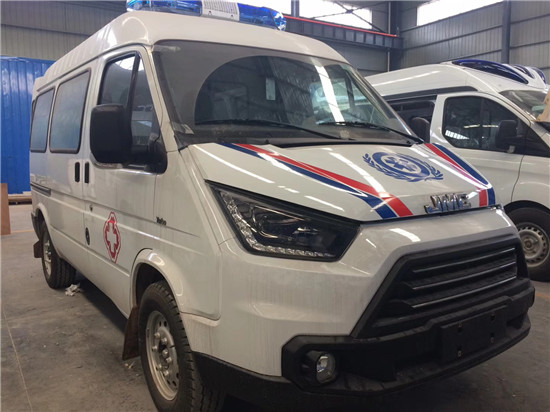
The configuration of ambulances should be based on the needs of the area's population, hospital service radius, medical aid and other tasks, and should be implemented in a global coverage, rational distribution, close to the car, effective linkage, and timely treatment.
For example, if an ambulance is allocated to every 100 beds in a secondary hospital and an ambulance with 3 or more ambulances, it must be equipped with at least 1 first aid (ambulance) ambulance. A three-level hospital deploys one ambulance in 200 beds and three or more ambulances. It must be equipped with one to two first aid (ambulance) ambulances.
At the same time, the hospital may appropriately increase or decrease the number of ambulances according to the service radius, service population, workload, and ambulance visits, but must ensure the pre-hospital emergency and the medical treatment needs of the unit within its jurisdiction.
Specialized hospitals, ungraded hospitals, private hospitals, and other medical institutions with first-aid tasks can refer to the standards of the above-mentioned medical institutions of the same size.
Booking car Wei
The Centrifugal Coater is used for powder material's coating, such like pellet coating, film, enteric release, protective layer. slow releasing coating. coating and drying can be finished in one body, it has high repeatability of process, auto spraying of coating powder and the measure is accuracy, With compact action of centrifugal force, it can treat material with low density. The design and manufacture are inconformity with GMP. It is quick and full to clean and no cross pollution.
Centrifugal Coater
Centrifugal Coater,Centrifugal Coating,Separation Coating
Changzhou Jiafa Granulating Drying Equipment Co.,Ltd , http://www.jf-drying.com